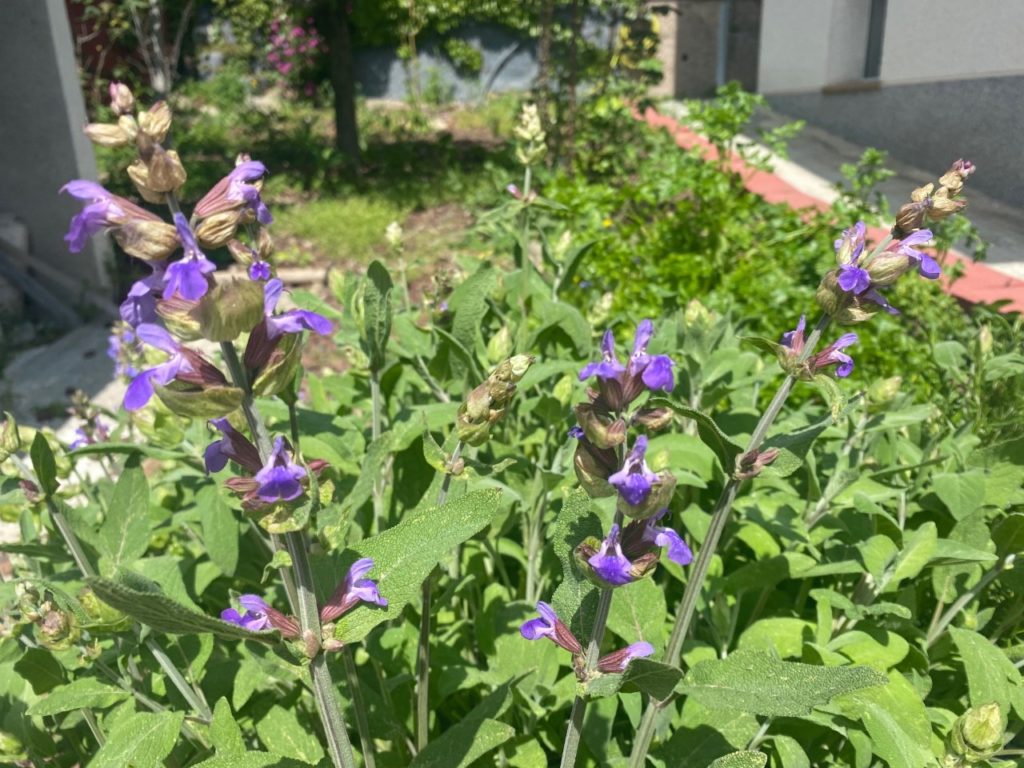Grow in Less Space
You don’t need an acre to grow your own food
Balcony gardening

Things to consider
Light: Evaluate how much sunlight your balcony gets. Take some time to work out, where and for how many hours the sun falls. Tomatoes for example require a minimum of 6-8 hours of sunlight each day. Conversely even shady balconies have options: try planting salad leaves, spinach, different herbs but also berries such a strawberries or blackberries.
Wind: Not many plants thrive in windy conditions. Ensure there is some protection or if need be, install a wind barrier. You could also acquire some wind-resistant plants like bamboo that can act as a windbreak.
Water: Potted plants need special care when it comes to hydration. Ensure the soil has good drainage. Plant roots will eventually rot in waterlogged soil. Water regularly during the hot and dry season.
Temperature: Good drainage is also very important for when its cold as waterlogged soil can freeze solid. Exposed balconies can get colder than ground level. Have some garden fleece handy to cover the plants during freezing nights.
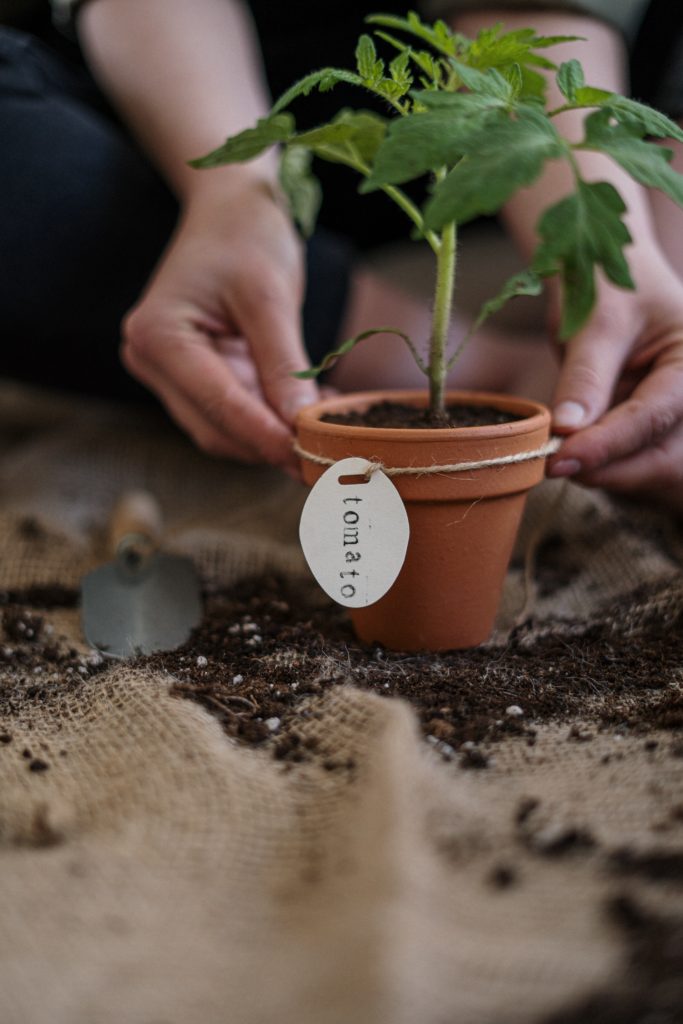
Planting
For first time gardeners I recommend buying little plants or seedlings from your local garden center. It’ll give you a jumpstart and you’ll know for a fact how many plants you will have for your available space. If you do plan to start your vegetable from seed, ensure you sow a few extra as the success rate is never 100%.
All vegetables especially potted ones need regular feed; I use a homemade liquid fertiliser. For more details check out my composting site.
Below is a list of plants that are perfectly suited for container gardening.
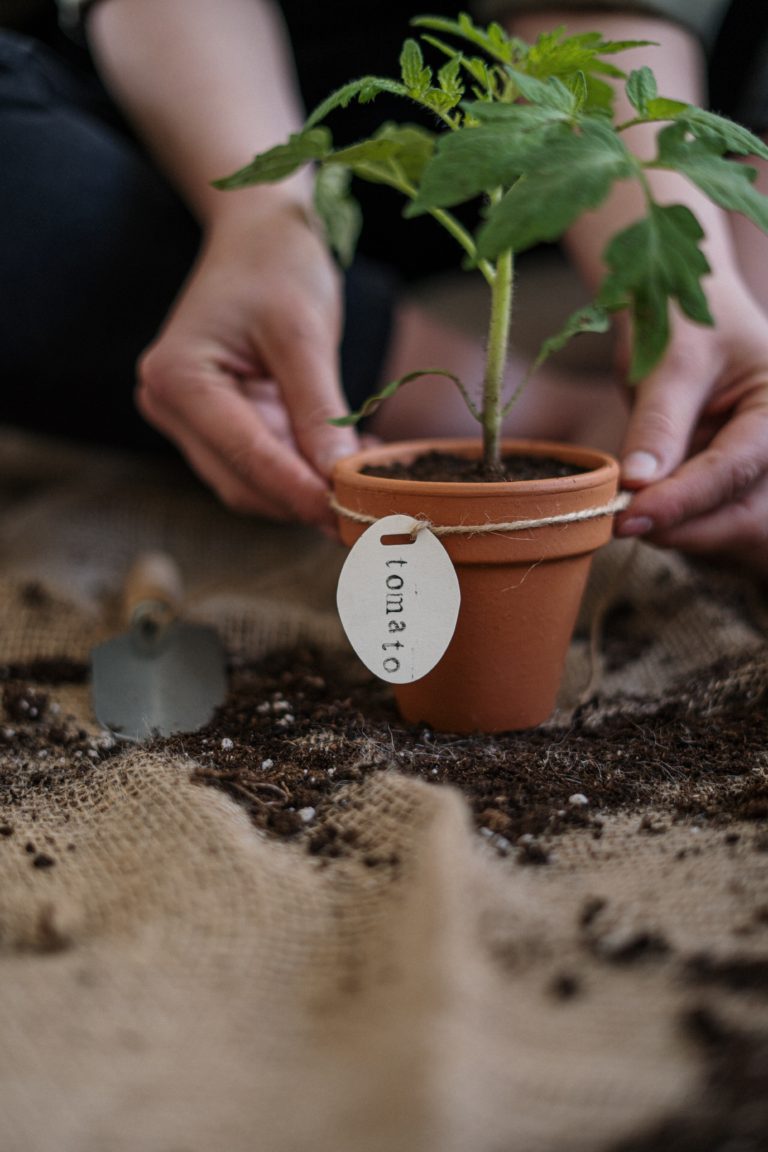
Tomatoes:
There are many varieties that grow well in pots such as Big Boy Bush tomato, cherry (i.e. Gold Nugget) or black cherry, Juliet, Brandywine, Bush Beefsteak, Roma tomatoes (i.e. Plum Regal). Tomatoes develop a large root system so the containers should be 40-50 cm deep. Herbs such as basil are great companions to tomatoes as they need the same amount of nutrients, water and sun. The seeds can be sown around the tomato plant.
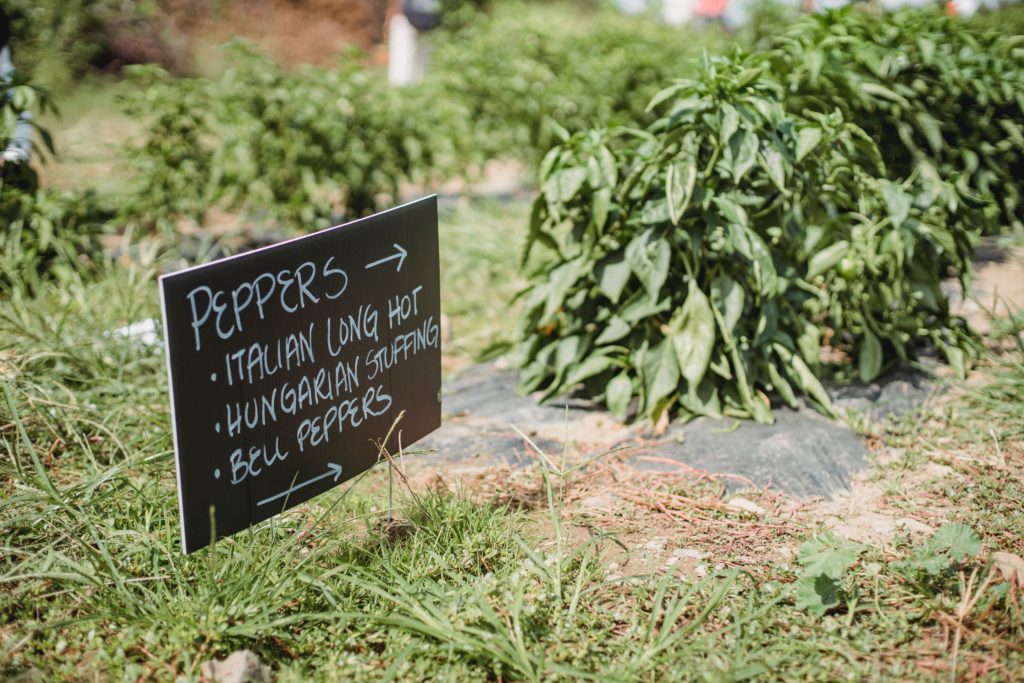
Peppers:
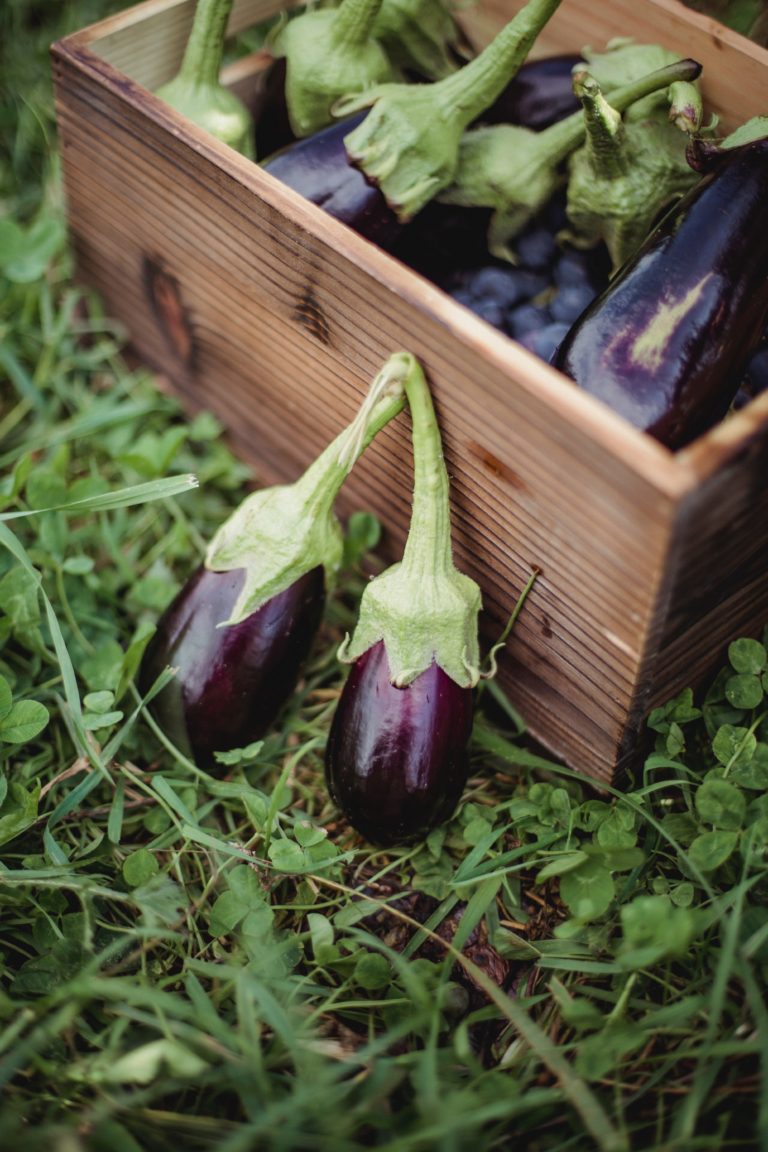
Aubergines:
Like peppers, aubergines or eggplants require heat to thrive. I personally find them the hardest to grow from seed as the success rate is lower than for my other vegetables. While nowadays I grow pretty much everything from seed, I still go to my local garden center every spring to purchase different varieties of aubergine plants. My favourite ones so far are the Italian Long Purple, Purple Graffiti and Bonica, a standard large purple variety. There are some really tasty white varieties out there which you can’t find in supermarkets. Reason being is their skin is quite thin and they bruise easier which makes the transport more difficult. That said, it shouldn’t stop you from trying to grow them yourself. Some varieties are Clara, Ghostbuster, White Comet and Casper.

Potatoes
Potatoes are the easiest vegetable to grow in my opinion as they hardly require any maintenance. All you need are seed potatoes, all purpose compost and a growing or rubble bag. Punch a few holes in the sides and the bottom of the bag, fill it with the compost. Plant the potatoes when all danger of frost has passed – 3-5 seed potatoes per bag in holes 10-15 cm deep. Pick the sunniest spot available but partial shade (6-8 hours of sunshine) will do as well. Keep in mind that you will need to water the Potato Bag regularly, especially if rainfall is insufficient. If you see little potatoes emerge on the surface of the compost, cover them with soil, the process is called earthing up. Potato tubers turn green when they are exposed to sunlight during growth or storage. When that happens, there is usually an increase in a glycoalkoloid compound called solanine. Consequently, it is important to store potatoes in the absence of light to prevent greening. Tubers with a high concentration of solanine will taste bitter, and can be harmful if eaten in large quantities. To be safe, it is best to not eat the green part of tubers.

Green beans:
Green beans have a fairly small root system and are well suited for container gardening. You will need pots of at least 50 cm deep for the types that need pole support. Dig three shallow holes around the pole (3 cm deep), then add about 3 seeds per hole. Alternatively you can let them grow up a trellis which can also act as a privacy barrier. If you have a long rectangular pot, you can plant several plants next to each other. Leave space of about 30-40 cm between the plants. Bush bean varieties need more space – about 50 cm in between but they don’t need any support as they don’t get as tall.
Just on a side note; beans are excellent soil enrichers. Nasturdium, savory and rosemary can be planted alongside beans.
All type of herbs and lettuce can be grown on balconies as well and some of the perennial herbs will even overwinter outside if you have a protected area on your balcony and depending on your climate zone of course. I live in climate zone 9 and I am able to grow sage, parsley, chives, rosemary, oregano and thyme outdoors. I also grow winter salads such as lambs lettuce, spinach and some Asian lettuce varieties.
